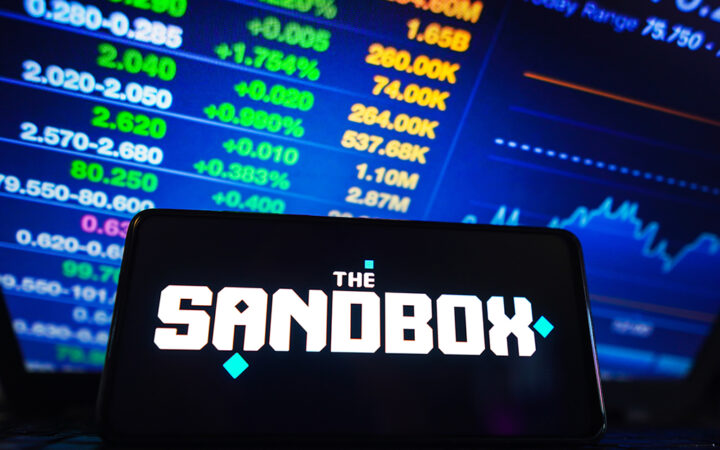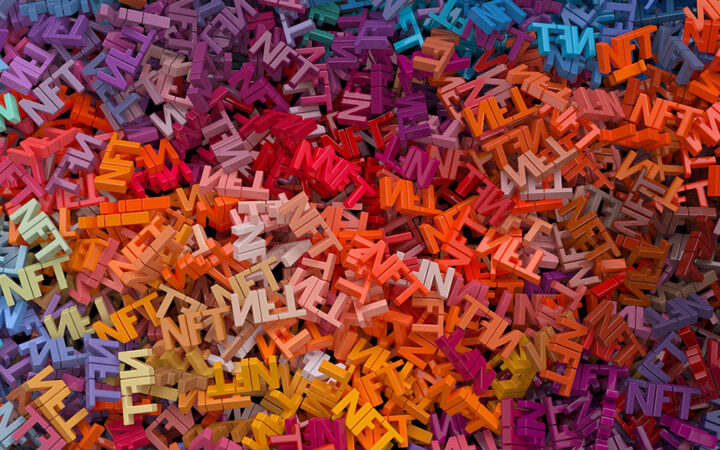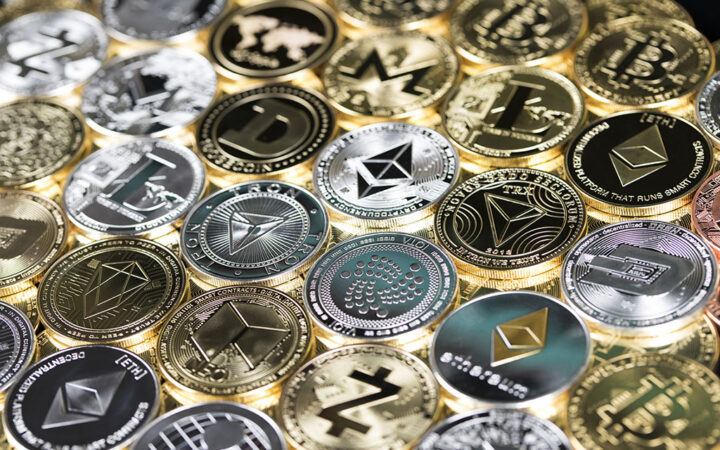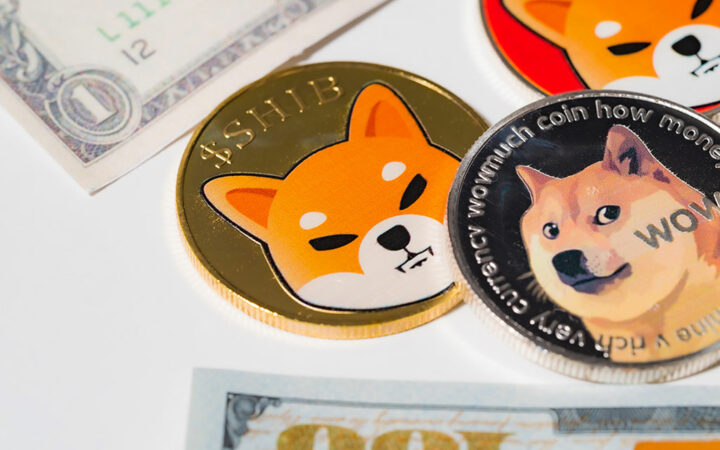
Why Sandbox, Elrond, and VertoChain Are Winning Against the Crypto Collapse
Winning against the crypto collapse is nearly impossible. It takes sheer brilliance, strong use cases, and technical buffers to stay ahead of the curve. But today, Sandbox (SAND), Elrond (ELGD), and VertoChain (VERT) are showing signs that this possibility is within reach, and if you can make the necessary investments, you too can milk from it. Though not immune to the regular highs and lows, these tokens offer better returns and steady profits than most cryptocurrencies in the market today.
Let’s take a look at what they have to offer.
Sandbox (SAND)
The Sandbox (SAND) is a project that specializes in the Metaverse, whereby players from all over the world can explore the Sandbox ecosystem while interacting and networking. Users within the Sandbox Metaverse can create and personalize their characters and then use these characters to compete in play to earn games.
When you complete specific tasks as a user, you earn the platform’s in-game currency – SAND. Sandbox also has plenty of NFTs and continues to leverage their diverse use cases and massive buzz in the cryptocurrency markets.

According to CoinMarketCap, the Sandbox (SAND) initially traded at $0.05 in mid-2020 and peaked in November 2021, up to over $8.40, translating to over 16,000% within one year of trading. Though SAND has dipped in value, it is one of the tokens notable for its stable cryptocurrency prices. According to CoinGecko, at the time of writing, SAND sells at $1.35, up by 2.77% in the last 24 hours.
Elrond (ELGD)
Elrond (EGLD) is the native coin of a blockchain that implements sharding, a method of cutting down blockchain infrastructure into smaller parts to help the network scale. The name “Elrond” was inspired by Elrond Half-elven, a half-man, half-elf from the “Lord of the Rings” novels. The network was founded in 2017 by two brothers, Beniamin and Lucian Mincu.
Elrond’s mainnet launched in July 2020, when the EGLD coin entered the cryptocurrency market. It traded between $10 and $12 until 2021, when it rose to about $200 by February 2021, then $240 by April, and $542 in November. Like most altcoins, EGLD could not maintain its November highs; by 2022, it had slumped to about $130. The coin also has a maximum supply of 31,415,926.
The Elrond platform incentivizes its network to operate with proof-of-stake rewards, plus rewards for stakers. Elrond increases the supply each year but decreases guaranteed staking rewards. Elrond is classified under CoinDesk’s Digital Asset Classification Standard (DACS). According to the same source at the time of writing, Elrond’s price is $55.42, up by 3.20% in the last 24 hours. ELGD has recorded relative stability despite the crypto collapse and will offer to crypto traders interested in buying it.
VertoChain (VERT)
VertoChain (VERT) is a DeFi solution that aims to boost the experiences of users in peer-to-peer trading and swapping of digital assets across Binace Smart Chain (BSC), Avalanche (AVAX), Tezos (XTZ), Ethereum (ETH), and Solana (SOL). VertoChain (VERT) provides multi-chain farming, liquidity provision, and yield farming, all at the most competitive rates and in one package.
According to the whitepaper, one of the selling points of DeFi is eliminating redundant systems and fees imposed by the traditional financial sector. However, this has somewhat backfired, as witnessed by the extremely high transaction fees of Ethereum. Another problem is that some protocols are not as popular as others and, as such, cannot provide the same level of liquidity as others. This creates situations like the inability to give loans when users seek them.
There is also a possibility that prospects will be unable to access the services of specific protocols because of their availability on a single chain, making them poorly interoperable. All these and the poor decentralization of particular projects that result in rug pulls have gone on to make the space less appealing than it should be.
Based on this backdrop, VertoChain (VERT) is driven to see a near-zero charge per swap transaction to incentivize users looking to move their assets across different chains and platforms. VertoChain (VERT) will launch on BSC and then spread to Ethereum (ETH), Avalanche (AVAX), Solana (SOL), and Tezos (XTZ), although the transaction speed and fees, and asset availability per transaction on this blockchain will vary.
VERT is the official utility token of Vertochain. It will help users unlock the platform’s best experience by giving $VERT holders specific role plays in the community and initiatives like DAO. These holders will also enjoy gamified interaction with the platform and incentives and rewards earned in $VERT to power user interaction, fun, and community engagement.
Purchasing a VERT token could be your highway out of the crypto collapse. Stay tuned for updates on the presale as the team rolls out more information in the coming days.
Disclaimer: This publication is sponsored. Coinspeaker does not endorse or assume responsibility for the content, accuracy, quality, advertising, products, or other materials on this web page. Readers are advised to conduct their own research before engaging with any company mentioned. Please note that the featured information is not intended as, and shall not be understood or construed as legal, tax, investment, financial, or other advice. Nothing contained on this web page constitutes a solicitation, recommendation, endorsement, or offer by Coinspeaker or any third party service provider to buy or sell any cryptoassets or other financial instruments. Crypto assets are a high-risk investment. You should consider whether you understand the possibility of losing money due to leverage. None of the material should be considered as investment advice. Coinspeaker shall not be held liable, directly or indirectly, for any damages or losses arising from the use or reliance on any content, goods, or services featured on this web page.




